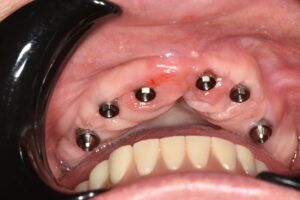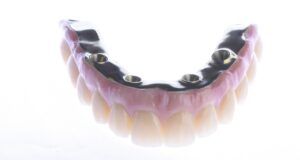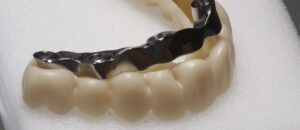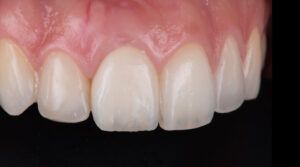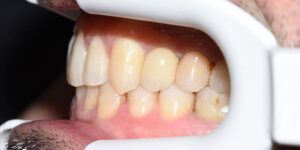The dentistry market is changing. Increasingly, new formulas that are less traumatic for the patient are being sought, such as procedures that reduce patients’ visit time, enhance the predictability of planning, and involve minimally invasive surgery. The focal point of all these efforts is the patient.
Implant surgery is no exception and guided surgical procedures have been marketed for several years. The goal of improving the patient experience is being fulfilled through low-trauma surgery, an almost unperceptible postoperative period, and operating room times that are briefer than a coffee break. We welcome this advance and congratulate the dentists using these techniques without overlooking the fact that they are not always the best solution for every case.
After taking into account all the variables, which are already known to our readers, there is room for improvement in the process, i.e., by planning guided surgery. What is a guided surgery system? It’s a procedure for planning implant surgery starting from the final prosthesis, then seeking the perfect angle for the placement of the implant that will support the prosthesis naturally and with a high rate of success. All these elements can be combined thanks to new technologies, such as guided-surgery planning software, intraoral scanning, cone-beam computed tomography (CBCT), and CAD / CAM design technology, which allows surgical guides to be precisely designed to guide implant surgery in direction and depth. All of this is complemented by the recent use of additive manufacturing processes to print a 3D model of the patient’s mouth in order to create the perfect prosthetic restoration BEFORE undertaking surgery.
The final ingredient is the dentists, dental prosthetists, patients and a service center specialized in providing case planning support. What is lacking? It is still necessary to make this process simple, reliable, and natural. As a company in this market, we are seeing the gradual convergence of dentists, dental prosthetists, and implant manufacturers. In our case we see this convergence as positive because we are reaching levels of collaboration where the combined effort is centered on the patient, guided by the decisions of the implant specialist and terminating with a high level of patient satisfaction.
While there may systems of varying complexity and involvement of professionals, but in the terms of service and planning, there has to be a fluid professional communication that culminates in successful surgery. We should not lose sight of the mission of medical companies, dentists, prosthetic technicians, and others. There has been a qualitative leap in systems for cooperating with our customers that perfectly illustrates the paradigm expected in the coming years, which is a system orbiting around the patient like a satellite around the earth and involving the three agents of this process.


